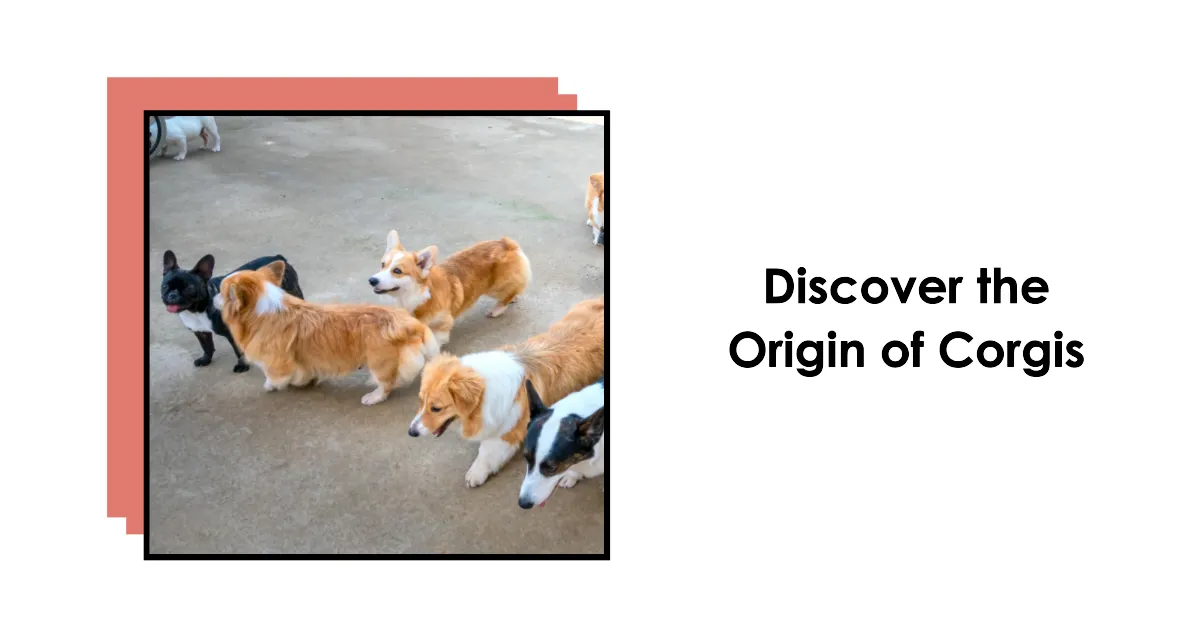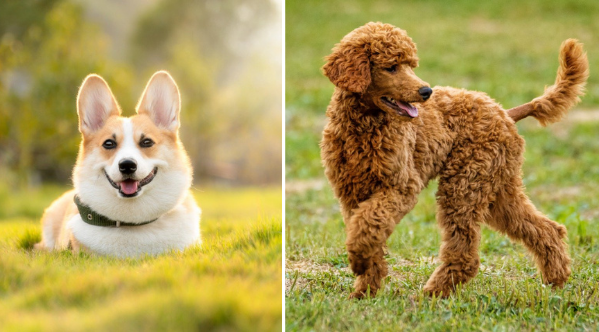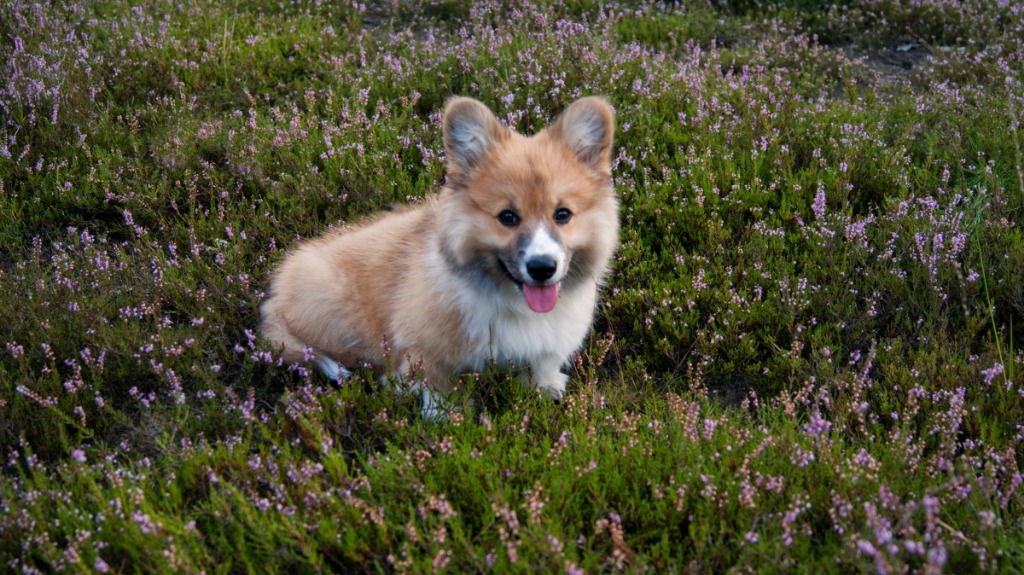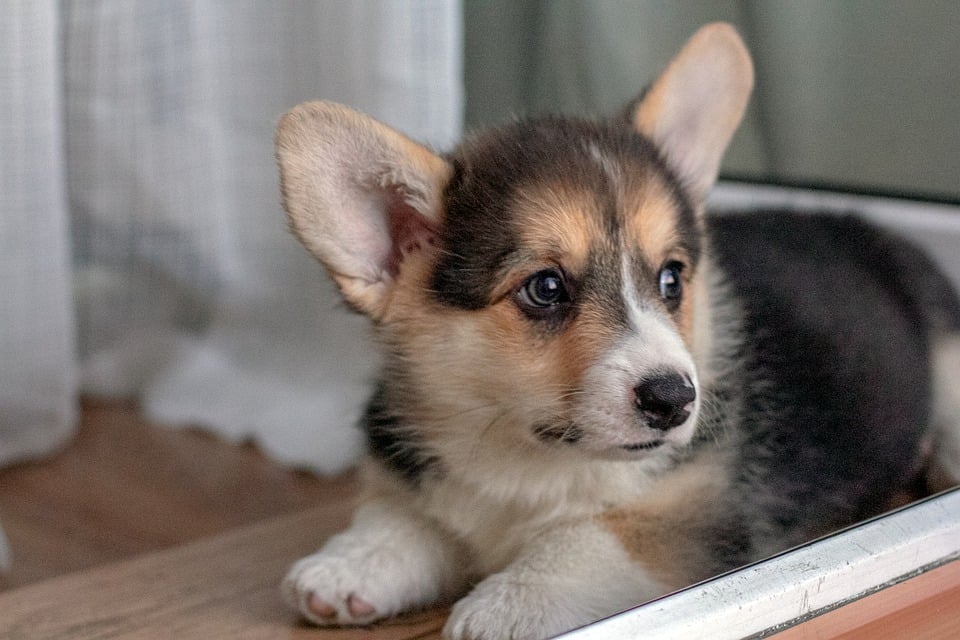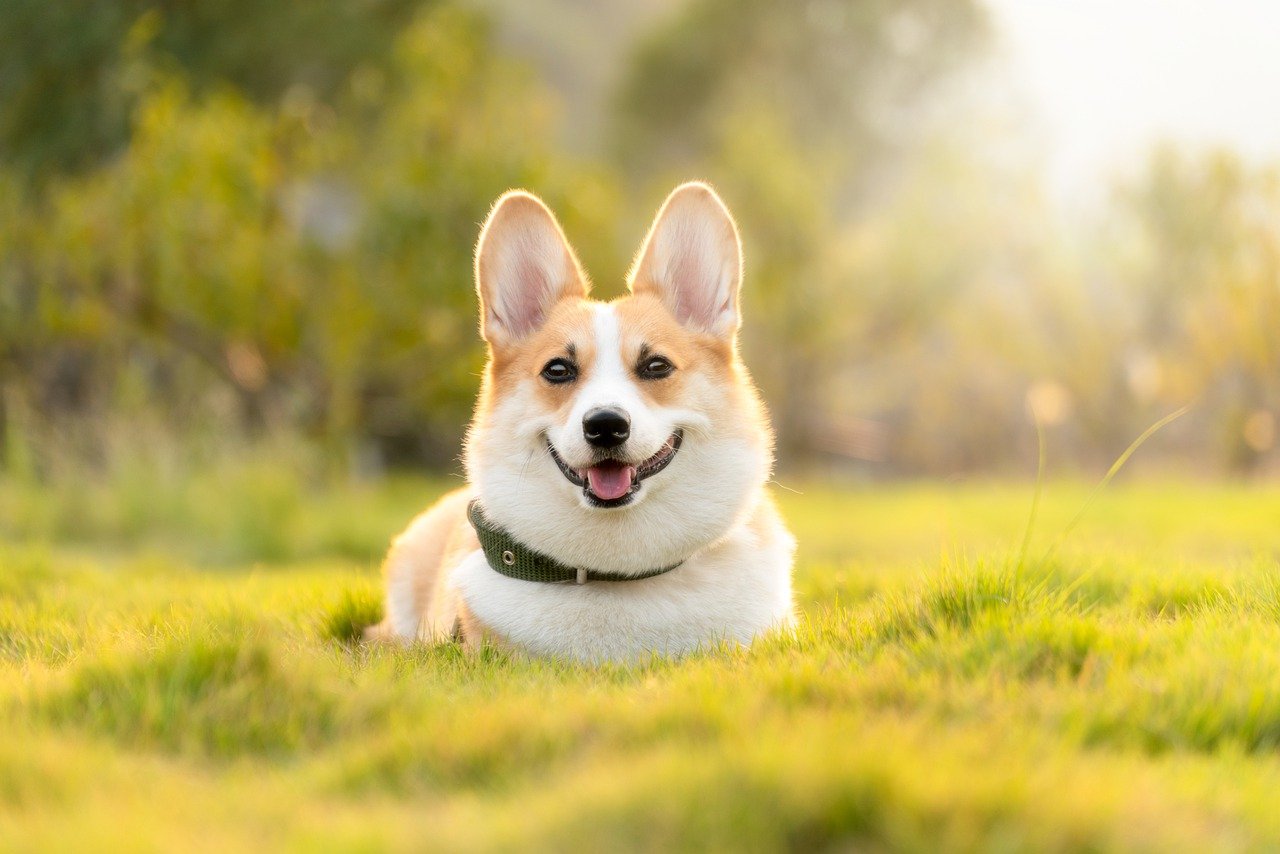The Corgi Tail Tale: Understanding Their Shape and Length
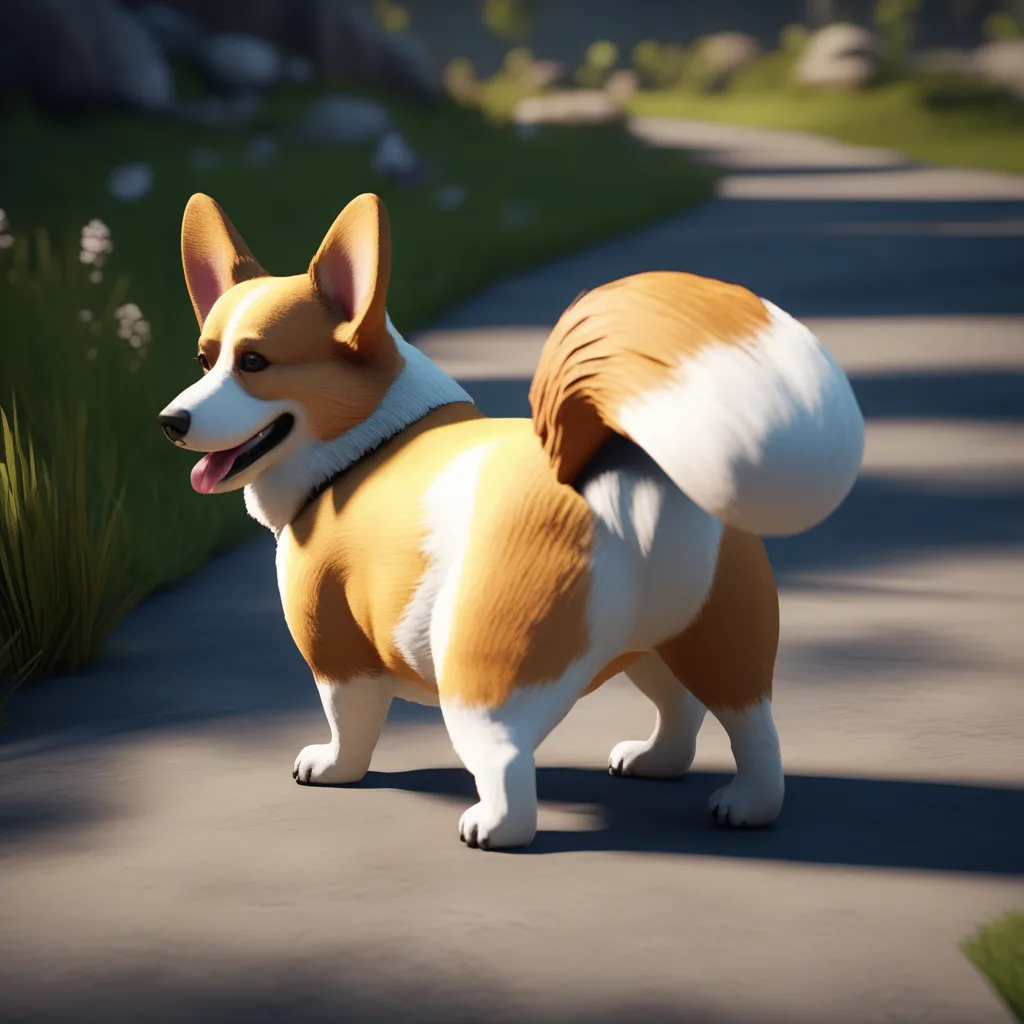
Got a corgi? Well, you've got quite the interesting tail tale on your hands! In 'The Corgi Tail Tale: Understanding Their Shape and Length,' we're diving into the world of those adorable little tails that wiggle and wag with so much joy.
You'll learn all about the different shapes and sizes of corgi tails, and even discover the evolutionary origins behind them. But it's not just about looks - we'll also explore the important function of corgi tails and how they communicate with those waggy wonders.
Plus, we'll share some tips on caring for your corgi's tail, because safety is always a top priority. So, get ready to wag your way through this tail-tastic adventure!
Corgi Tail Anatomy
To understand the anatomy of a Corgi's tail, look beneath the surface. These little wagging appendages have more to them than meets the eye. You see, Corgis have evolved with unique adaptations that make their tails quite special. One of these is their length. Corgis are known for their short tails, which may seem like a cute quirk, but it actually serves a purpose. Their ancestors, the herding dogs, needed to navigate through dense vegetation without getting tangled up in their own tail. So, over time, their tails became shorter to avoid any mishaps.
Now, let's talk grooming. Corgis have a thick double coat that requires regular maintenance. And yes, their tails need some TLC too. The fur on their tails can get matted and tangled if not properly cared for. So, make sure to brush their tail gently and regularly to avoid any discomfort or potential skin issues. A happy Corgi with a well-groomed tail is a safe and content Corgi.
Evolutionary Origins of Corgi Tails
So, you're probably wondering how these adorable Corgi tails came to be, right?
Well, let's talk about the evolutionary origins of those little wagging wonders.
As you may have noticed, Corgi tails come in different lengths, from long and fluffy to short and stubby. This variation in tail length isn't just a random occurrence, but actually has some pretty fascinating reasons behind it.
In fact, the length of a Corgi's tail can provide them with certain adaptive advantages.
Tail Length Variations
You may often wonder about the evolutionary origins of the variations in tail length among Corgis. Well, let's dive into it!
The tail length variations in Corgis result from a combination of evolutionary significance and breed standards. Corgis were originally bred as herding dogs, and their tails were bred to be short to avoid injury while working. This trait was advantageous for their role in herding, as a long tail could get caught in gates or under livestock.
Over time, breeders selected for shorter tails, and it became a defining characteristic of the breed. Today, Corgis with longer tails can still be found, but they're less common and not as desirable in terms of breed standards.
Adaptive Advantages of Tails
Understanding the adaptive advantages of tails sheds light on the evolutionary origins of Corgi tail variations. Corgi tails serve a purpose beyond being adorable accessories to their wiggly behinds. Here are four reasons why Corgis have tails and why they're beneficial:
- Balance: A tail helps Corgis maintain their balance while navigating different terrains. It acts like a rudder, helping them make quick turns and changes in direction.
- Communication: Corgis communicate through body language, and their tails play a significant role in this. The position and movement of their tail can convey emotions like happiness, excitement, or alertness to other dogs and humans.
- Temperature regulation: Corgis have a dense double coat, and their tails help regulate their body temperature. When it's hot, they can fan themselves by wagging their tail, promoting airflow and keeping cool.
- Agility: Corgis are known for their agility, and their tails contribute to their nimbleness. By using their tails to counterbalance their body movements, they can make sharp turns and navigate obstacles with ease.
Different Shapes and Sizes of Corgi Tails
So you want to know about the different shapes and sizes of corgi tails? Well, let's start with the tailless corgis. They've a genetic mutation that causes their tails to be either very short or completely absent.
Then there's the fluffy versus docked debate. Some people prefer the aesthetic of a fluffy tail, while others opt for docking, which involves surgically removing part of the tail.
But here's the question: does tail length have any impact on a corgi's temperament? Let's find out!
Tailless Corgis: Genetic Mutation
Tailless Corgis exhibit a unique genetic mutation that results in a variety of shapes and sizes for their tails. It's fascinating how genetics can play such a role in determining the physical characteristics of our furry friends. Here are some things you should know about these tailless wonders:
- Nub or bobtail: Some tailless Corgis have a small, stubby tail, known as a nub or bobtail. It's adorable and adds to their charm.
- Completely tailless: Others may have no tail at all, making them look even more unique. It's like they've their own special way of wagging their behinds.
- Health implications: While the absence of a tail may seem cute, it's important to note that this genetic mutation can sometimes lead to health issues. These can include problems with the spine or urinary incontinence. Regular check-ups with a veterinarian are crucial to ensure their well-being.
- Extra care: Tailless Corgis require extra care to protect their sensitive spinal area. Be mindful of their movements and avoid activities that could strain their backs.
Fluffy Vs. Docked: Aesthetics
When considering the aesthetics of Corgi tails, you'll notice a distinction between fluffy tails and docked tails.
Fluffy tails are exactly what they sound like: fluffy! They're full and bushy, adding a touch of elegance to your Corgi's rear end. These tails are long and have a soft, fluffy appearance, which many people find adorable.
On the other hand, docked tails are a bit different. This is a controversial practice where the tail is surgically removed at a young age. Some people prefer the look of a docked tail, as they believe it gives the Corgi a more streamlined appearance. However, it's important to note that tail docking is banned in many countries due to ethical concerns.
Ultimately, whether you prefer a fluffy tail or a docked tail is a matter of personal preference, and it's important to consider the controversy surrounding this practice.
Tail Length and Temperament?
To understand the relationship between tail length and temperament in Corgis, let's take a look at the different shapes and sizes of their tails. It's fascinating how something as simple as a tail can reveal so much about a dog's behavior and breed standards.
Here are four things to consider:
- Short and stubby tails: Corgis with shorter tails tend to be more energetic and playful. They're always on the go, ready for an adventure.
- Long and fluffy tails: Corgis with longer tails often have a calmer temperament. They enjoy lounging around and being cuddled.
- Curled tails: A tail that curls tightly over the back suggests a confident and self-assured Corgi. These dogs are usually outgoing and social.
- Straight tails: A straight tail indicates a more reserved and independent Corgi. They may take a bit longer to warm up to strangers but are incredibly loyal once they do.
The Function of Corgi Tails
With their unique shape and length, Corgi tails serve various important functions in their everyday lives. One of the most notable functions is corgi tail wagging. When a corgi is happy or excited, their tail will wag vigorously from side to side. This wagging serves as a way for corgis to communicate their emotions to other dogs and humans. It's like their own personal happiness meter!
Additionally, corgi tails play a crucial role in their social interactions. When two corgis meet, they'll often sniff each other's tails as a way of greeting and getting to know one another. The tail acts as a sort of calling card, providing important information about the corgi's identity and social status.
Tail Wagging Communication in Corgis
By wagging their tails, corgis effectively communicate their emotions and intentions to other dogs and humans. It's like their own little language!
Here are four ways corgis use tail wagging to express themselves:
- Excitement: When your corgi is happy and excited, their tail will wag vigorously from side to side. It's their way of saying, 'I'm thrilled to see you!'
- Friendliness: A gentle wag with a relaxed tail indicates that your corgi is feeling friendly and approachable. It's their way of saying, 'I'm open to making new friends!'
- Nervousness: If your corgi's tail is tucked between their legs and wagging slowly, they might be feeling anxious or unsure. It's their way of saying, 'I'm feeling a little scared right now.'
- Warning: A stiff, high-held tail with quick, sharp movements can indicate that your corgi is feeling threatened or aggressive. It's their way of saying, 'Back off, I'm not happy!'
Understanding your corgi's tail wagging behavior can help you better communicate and respond to their emotions, ensuring a safe and happy environment for both of you.
Factors Affecting Corgi Tail Length
The length of a corgi's tail is determined primarily during their early developmental stages. There are several factors that can influence the growth of a corgi's tail length.
One of the main factors is genetics. Just like humans inherit certain traits from their parents, corgis also inherit traits like tail length from their ancestors.
Another factor that can affect tail length is nutrition. A balanced diet with the right nutrients can promote healthy growth in all parts of a corgi's body, including the tail.
Additionally, breed standards can also play a role in tail length. Some corgi breeds have specific requirements for tail length, and breeders may selectively breed dogs with longer or shorter tails to meet those standards.
Caring for Your Corgi's Tail
To properly care for your corgi's tail, it's important to establish a regular grooming routine. Here are a few tips to help you keep your furry friend's tail in great shape and prevent any potential injuries:
- Brush regularly: Corgis have thick double coats, and their tails can easily accumulate dirt and tangles. Brushing their tail at least once a week will help keep it clean and free from mats.
- Check for injuries: Take a close look at your corgi's tail regularly to make sure there are no cuts, scrapes, or signs of infection. If you notice anything unusual, consult your veterinarian for proper treatment.
- Be mindful of the wag: Corgis have strong wagging tails, which can sometimes hit objects or people accidentally. Make sure your corgi has enough space when they're excited, to prevent any tail injuries.
- Avoid pulling or tugging: Never yank or pull your corgi's tail. It can cause pain and even lead to serious injuries. Always handle their tail with care and gentleness.
By following these simple steps, you can ensure that your corgi's tail stays healthy and injury-free.
Happy grooming!

